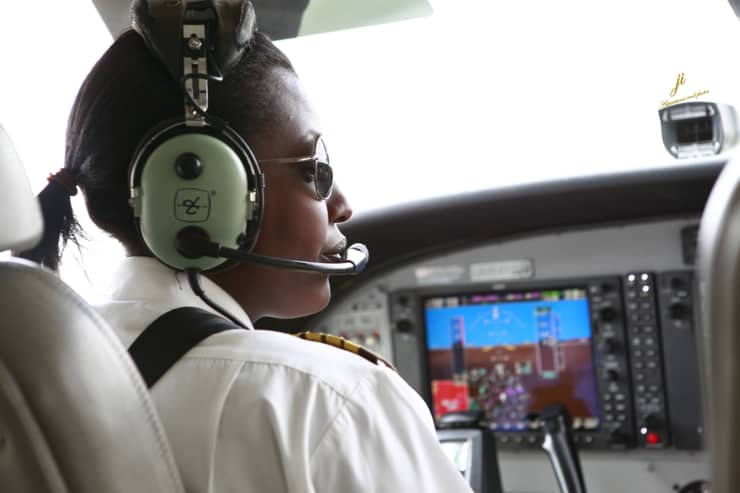Boeing's new 797 could be built to fly with
just one pilot on board
- Boeing's next commercial jet
design could come with a cockpit built for just one pilot.
- The New Midsize Airplane (NMA)
might be confirmed at the Paris Air Show in June.
- The plane is wanted by the
industry to serve smaller cities directly.

Boeing's next commercial jet design could come with a cockpit built for just one pilot, according to industry analysts.
Rumors have swirled for months that the U.S. plane manufacturer will announce a New Midsize Airplane (NMA), dubbed by industry insiders as the 797, at the Paris Air Show next month.
Plans for a big reveal may have been put on hold by Boeing's ongoing problem with its 737 Max planes, two of which have been involved in recent fatal crashes.
Over the last few weeks, analysts at Jefferies have quizzed plane-buying executives at airlines and leasing companies on what they would want from any new Boeing offering.
The researchers said that given the NMA would start from a completely fresh design, airline executives see scope for just one pilot to be physically sat in the plane.
A second pilot would be ground based and be able to "monitor several aircraft" at the same time.
Reducing the number of pilots from an airline's payroll could save a company millions of dollars in salaries and training costs.
The Jefferies note, released Sunday, claimed the technology to do this is still 10 years away but Boeing customers would find the capability "valuable."
Boeing Research and Technology Vice-President Charles Toups said in February that one-pilot jets would likely begin with cargo flights and it would be a "couple of decades" before passengers would be convinced of their safety.
Outside of the cockpit, airline execs want a new Boeing plane to have more flexibility in how seats could be arranged and reshuffled, with some premium carriers calling for more flexibility to install lie-flat beds.
The NMA is predicted to hold between 200 and 250 passengers but fly with the range of a larger plane. A plus-size variant could accommodate as many as 290 passengers and executives told Jefferies that a widebody aircraft (one with two aisles) is a likely preference.
Typically, the NMA is seen serving transatlantic routes, connecting smaller cities in the Unites States with "secondary" European cities such as Brussels or Copenhagen.
Given Boeing's recent woes, Jefferies believes entry into service for the "797" could now be as far away as 2028.
In February, U.K. firm Rolls-Royce pulled out of the race to provide engines for Boeing's new offering. The engine maker withdrew its tender stating it was "unable to commit to the proposed timetable."
Boeing is now expected to choose between engines built by United Technologies unit Pratt & Whitney and CFM International, a General Electric joint venture with France's Safran.



Ingen kommentarer:
Legg inn en kommentar
Merk: Bare medlemmer av denne bloggen kan legge inn en kommentar.